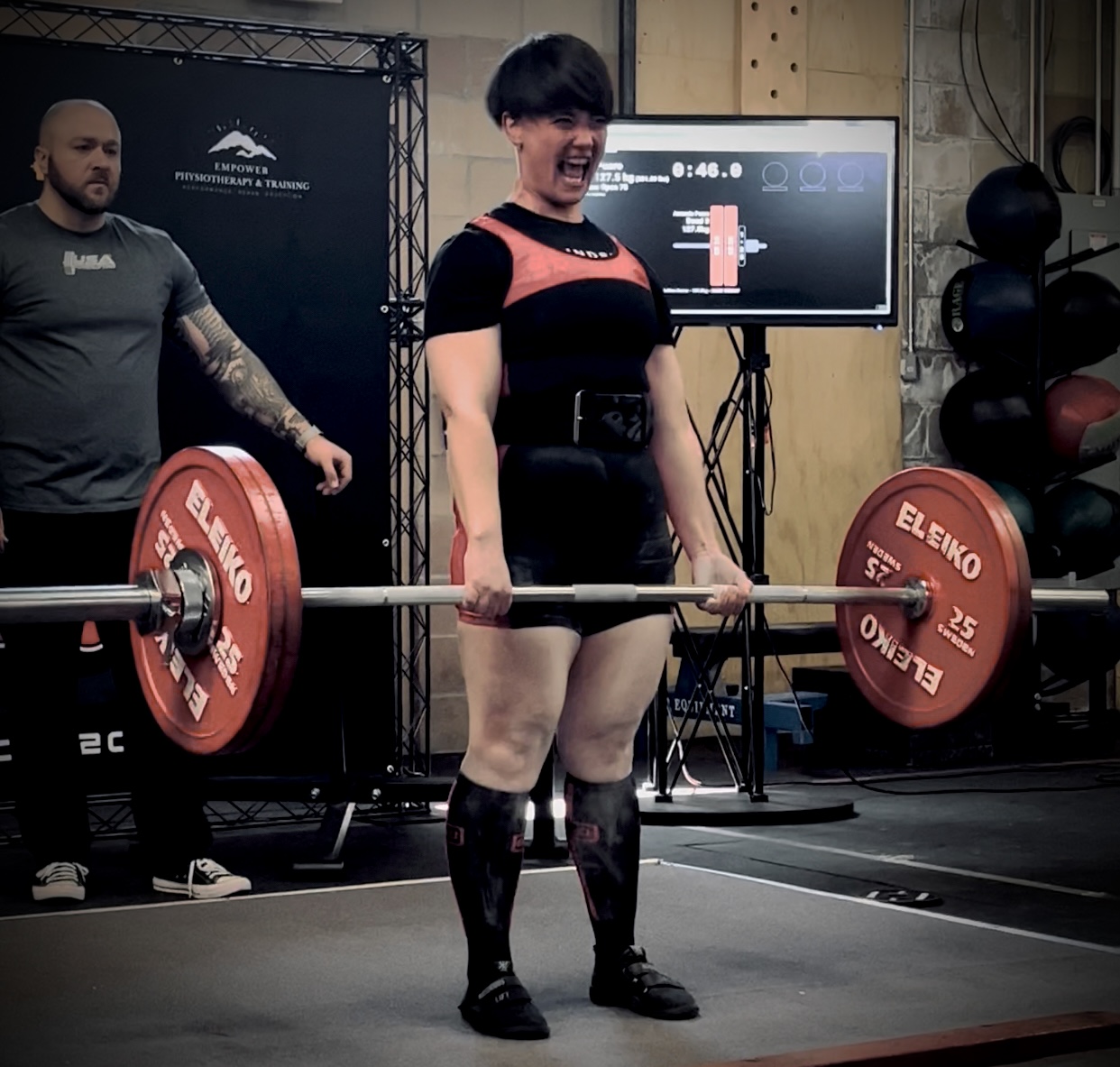Powerlifting Technique: The French Squat
- Coach AP
- Oct 13, 2023
- 3 min read
Powerlifting is a sport that demands strength, technique, and precision. Among the three main lifts in powerlifting – squat, bench press, and deadlift – the squat is often considered the king of them all. It requires a combination of raw power, balance, and proper form. One particular squat technique that has gained popularity in recent years is the French-style back squat. In this blog post, we will explore the nuances of the French-style back squat technique, its benefits, and how to incorporate it into your powerlifting routine.
What Is the French-Style Back Squat?
The French-style back squat is a variation of the traditional back squat that places a unique emphasis on certain aspects of the lift. While it retains the fundamental principles of squatting, such as maintaining a neutral spine, breaking at the hips and knees, and reaching parallel or below, it introduces some distinct characteristics:
High Bar Position: In the French-style back squat, the bar is positioned higher on the traps and shoulders compared to the low-bar squat. This placement allows for a more upright torso during the lift.
Narrow Stance: Unlike the wider stance commonly used in powerlifting, the French-style squat employs a narrower stance, which emphasizes quadriceps engagement.
Upright Torso: The narrower stance and high bar placement encourage a more upright torso position throughout the squat, engaging the quadriceps and placing less stress on the lower back.
Heels Together: A unique feature of this technique is that the lifter keeps their heels close together, which forces the knees to track forward and over the toes, promoting greater quad activation.
Benefits of the French-Style Back Squat in Powerlifting
Quadriceps Emphasis: The French-style back squat places a significant emphasis on the quadriceps. This can be advantageous for powerlifters looking to develop their quad strength, which can be beneficial for getting out of the hole in the squat and achieving depth.
Reduced Stress on Lower Back: The more upright torso position in this style of squat can help reduce stress on the lower back, making it a viable option for lifters with lower back issues or those looking to give their lower back a break during training cycles.
Improved Mobility: The narrow stance and the requirement to keep the heels together can improve hip and ankle mobility, aiding in achieving a deeper squat depth.
Versatility: While it is not the go-to technique for powerlifting competitions, incorporating the French-style back squat into your training routine can provide variety and potentially help break through plateaus in your traditional squat.
How to Incorporate the French-Style Back Squat into Your Training
Start Light: Begin with a lighter weight than your traditional back squat to become familiar with the new bar placement, stance, and heel positioning.
Focus on Technique: Prioritize proper technique over heavy weights when learning the French-style squat. Ensure your back is straight, knees are tracking over your toes, and your depth is adequate.
Gradually Increase Weight: As you become more comfortable with the technique, gradually increase the weight, but always prioritize form and depth.
Periodization: Incorporate the French-style back squat into your training program as an accessory exercise, particularly during hypertrophy or technique-focused phases.
Seek Guidance: If you're new to this squat variation, consider working with a coach or experienced powerlifter who can provide feedback and guidance on your form.
The French-style back squat is an intriguing variation of the traditional squat that can offer benefits to powerlifters seeking to improve their quad strength, reduce lower back stress, and enhance their mobility. While it may not be the preferred technique for competition, it can be a valuable addition to your training arsenal. Remember to prioritize proper technique and gradually increase the weight to reap the rewards of this unique squat variation in your powerlifting journey.


Comments